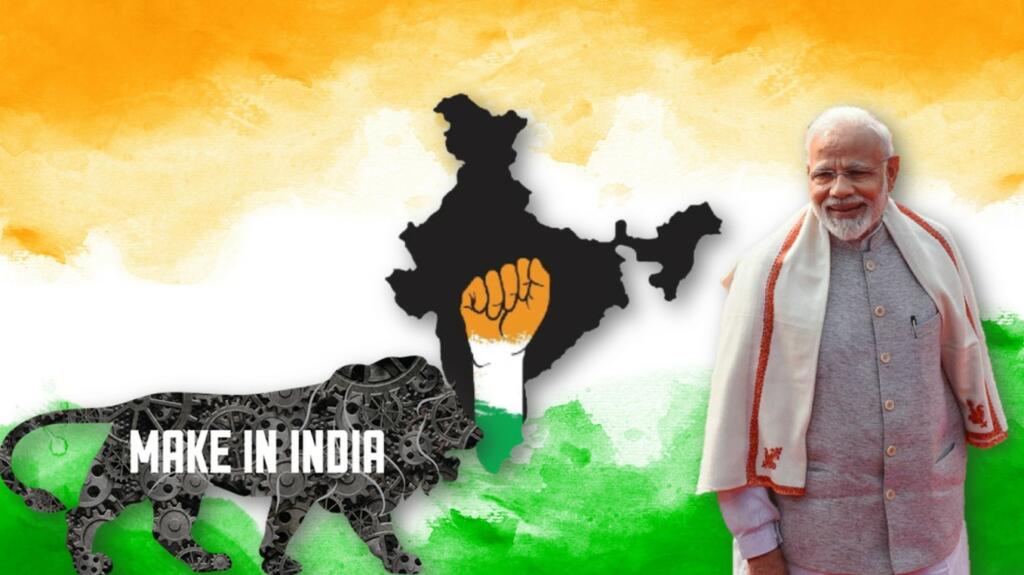Measurement of leadership success lies in the difficult task of turning vision into reality. In Sept 2014, just four months after taking the oath, Prime Minister Modi launched his government’s most ambitious and necessary initiative ‘Make in India’ to lead the country into the 21st century. The aim was ‘to transform India into a global design and manufacturing export hub’.
The exponential growth rate in the manufacturing sector
According to a recently released report by Goldman Sachs, in comparison to the financial year 2020-21, the Indian manufacturing sector has seen a sharp growth of 210% & in comparison to 2019-20, it has witnessed a massive growth of 460%. The report further states that not only traditional industries like steel, cement, and petrochemical products but the modern age technology sectors like electronics, e-vehicles & data management have also contributed towards this astronomical rise.
Coupled with policy & administrative reform, the government has transformed India’s manufacturing sector. Under the ‘Make in India’ initiative, various incentive programs are being launched to attract foreign investment towards the manufacturing sector in the country. Moreover, massive investment in infrastructure & the policy change in production has boosted the recurring growth in India.
To herald the rise of India in the 21st century, the most important & difficult task is to use the minds of the youngest country in the world in a highly productive manner. The human capital of India is divided into the skilled, semi-skilled & unskilled. Providing the job according to one’s capacity is necessary to achieve the soaring height of development & ‘Make in India’ is one of the key initiatives launched to achieve the goal.
The key objectives decided under the initiative are:
- To increase the manufacturing sector’s growth rate to 12-14% per annum
- To create 100 million additional manufacturing jobs in the economy by 2022
- To ensure that the manufacturing sector’s contribution to GDP is increased to 25% by 2025
Read More: Make in India initiative not just strengthened the defence sector, but also killed corruption
Make in India for the World
Under the Make in India initiative many policy initiatives like Production Linked Incentives (PLI), National Infrastructure Pipeline, improvement in ease of doing business, massive skilling of youth, liberalized policies of foreign investment, and others have been taken.
The result of the initiative is that India is achieving a new height of economic growth. From traditional industries like chemical, steel, cement, automobiles, or petrochemical to new-age industries like mobile phones, electronics, defence, and others are growing with rapid speed. In numbers: –
- Exports of Indian chemicals registered a growth of 106% in 2021-22 over 2013-14
- The value of smartphones exports has increased 80% to $5.6 billion in 2022
- A massive growth of 103% has been seen in drugs & pharmaceuticals exports from 2013-14 to 2021-22
- A 291% growth in sugar export from $1.18 billion (2013-14) to $4.6 billion (2021-22) has been observed
- The processed vegetable export grew from $213 million in 2013-14 to $426 million in 2021-22, an absolute increase of 100 per cent.
Read More: Indian armed forces go “Make in India”
Moreover, the pandemic has given another chance to India to replace China as the global leader in manufacturing. The anti-China sentiment & saturated market in China has given an opportunity for India. Taking the benefit of the geopolitical situation, through financial & policy change, India is emerging as the production factory of the world.
